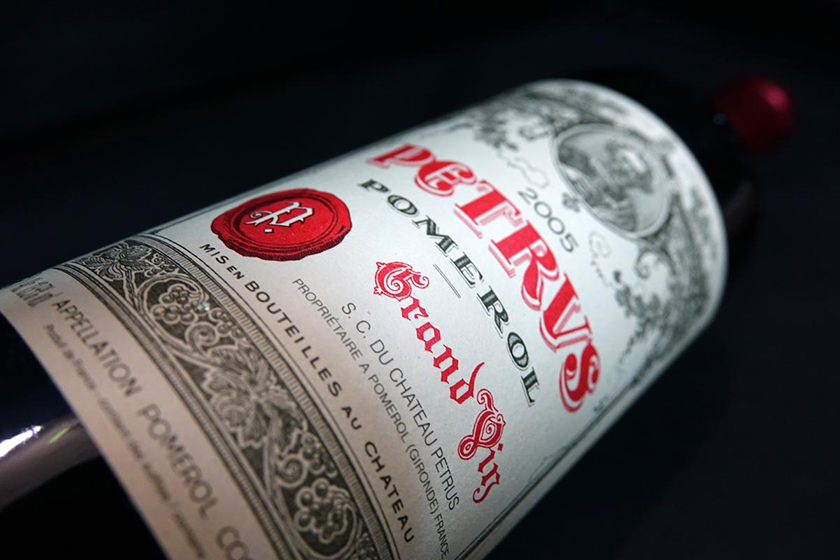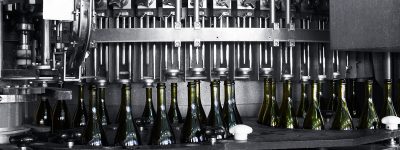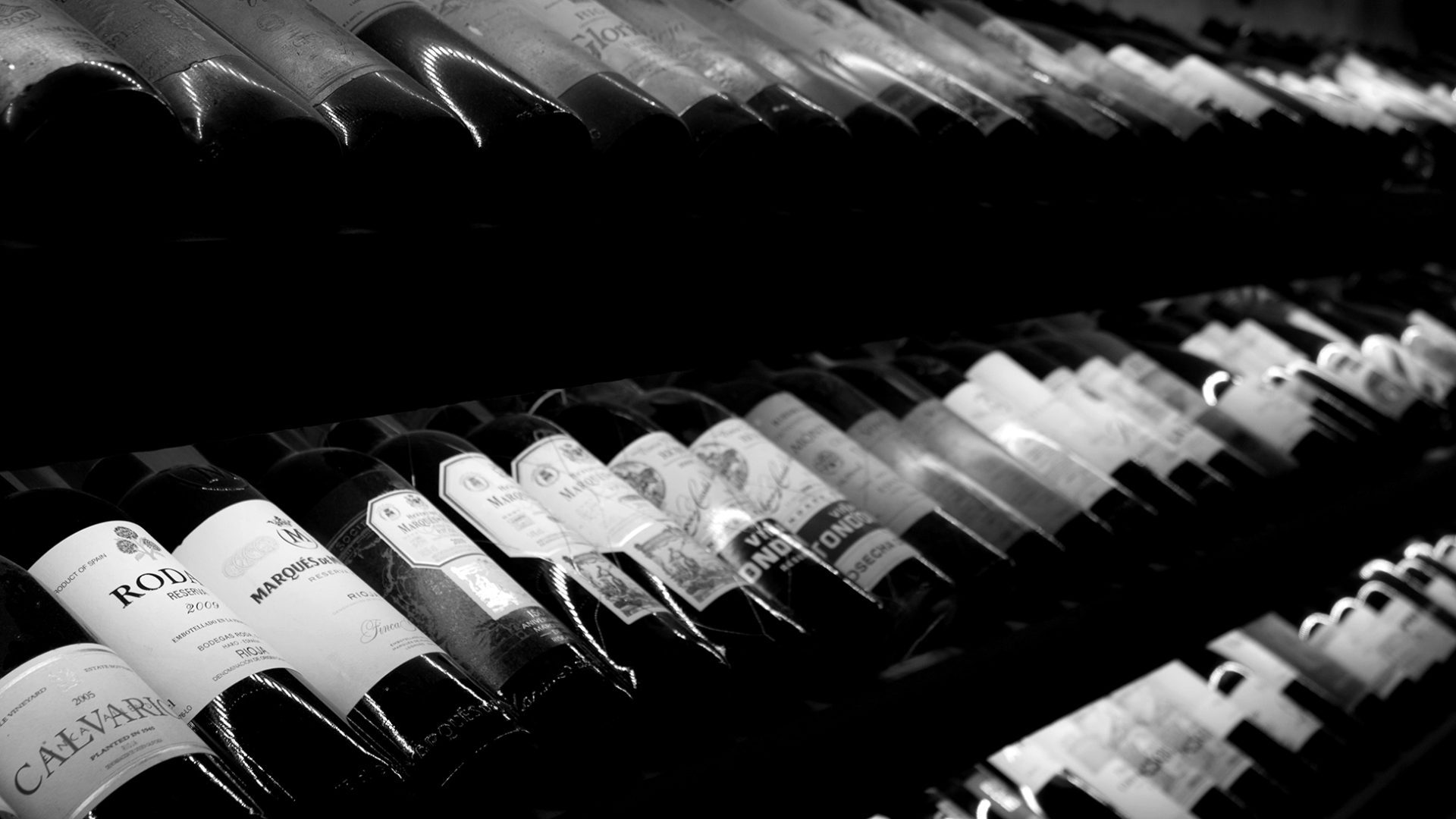Between the mandatory and optional information, there are also free indications. If those informations are useful for the consumer to better identify the quality of a wine, they are also very important for the manufacturer. It is indeed required to be in compliance with European standards that impose strict regulations on labeling in terms of traceability. So what are the quality indicators and the essential elements found on the labels of wine bottles? Here is a detailed review.
The label responds to two strategies. The first one is completely targeted to marketing, while the second one concerns the regulation. The mandatory information to be displayed is in line with the reform of the European regulation 2021/2117 which, after a transition period of two years, will be applied from December 8, 2023.
The mandatory information specified by the regulation
Among the mandatory elements, the first concerns the product category. This includes wines, sparkling wines, Protected Designation of Origin (PDO) or Protected Geographical Indication (PGI) wines. But to claim a PDO, the wine must absolutely be made with 100% grapes from this area. Second compulsory mention, the origin which is indicated by the mentions produced in , wine of or elaborated in for the sparkling wines. When the wines do not have a geographical indication (VSIG), they can combine the category and the origin as wine of France for example.

The information related to the bottling are also mandatory. Thus, the indication bottled at the château guarantees that the wine was entirely produced at the château. Next comes the information concerning the name and address of the producer or seller, then the capacity of the bottle as well as the percentage of alcohol volume.
But the reform has introduced new mandatory information. Wines, which were not concerned by the obligations related to additives [1], allergens or nutritional information, must now clearly indicate them on the label. Sulphites, for example, which protect wine from oxidation, are naturally present in wine. But they must be mentioned above 10mg/l. However, producers will have the possibility to opt for an electronic label. Digitized, the labeling is in the form of a QR code that will be assigned to each bottle. It will then be attached to the physical label so that the consumer can scan it and read the information.
Numerous optional mentions but subject to conditions
The terms that define the winery are not mandatory. They are, however, exclusive and therefore reserved for wines entirely obtained on the farm from harvest to vinification. Curiously, the year of the harvest is not required, except for the “primeur” wines and the new wines. On the other hand, if the year is indicated, then 85% of the grapes must come from that year. If the type of grape variety can also be added, it is subject to conditions since, here again, 85% of the grapes must come from this variety. When it is a blend of several grape varieties, the percentage must be indicated for each of them. Among the other optional mentions, we can mention the method of elaboration, the commercial brand, the name of the winery, the distinctions or medals obtained, or the bottle number.
As for the completely free mentions that complete the label, they offer information on the history of the vineyard or the property. However, their wording must not confuse the consumer.
Consumers’ expectations have evolved from a gustatory point of view. Today, we are looking for wines with little tannin, wines with diverse and varied aromas. Vegetal, floral or fruity aromas obtained by the addition of flavor during the fermentation process will be present. Thus, the physical and digital labels ensure complete transparency and become a real identity card of the wines. They totally optimize the traceability of the products from the cellars to the bottling, and are without any doubt a great step forward in terms of information for the consumers.
[1] The following are considered as additives: acidity regulators, preservatives and antioxidants, stabilizing agents, gas and packaging gas, or any other additive that develops an aroma (pine resin, caramel, etc).
Themes










